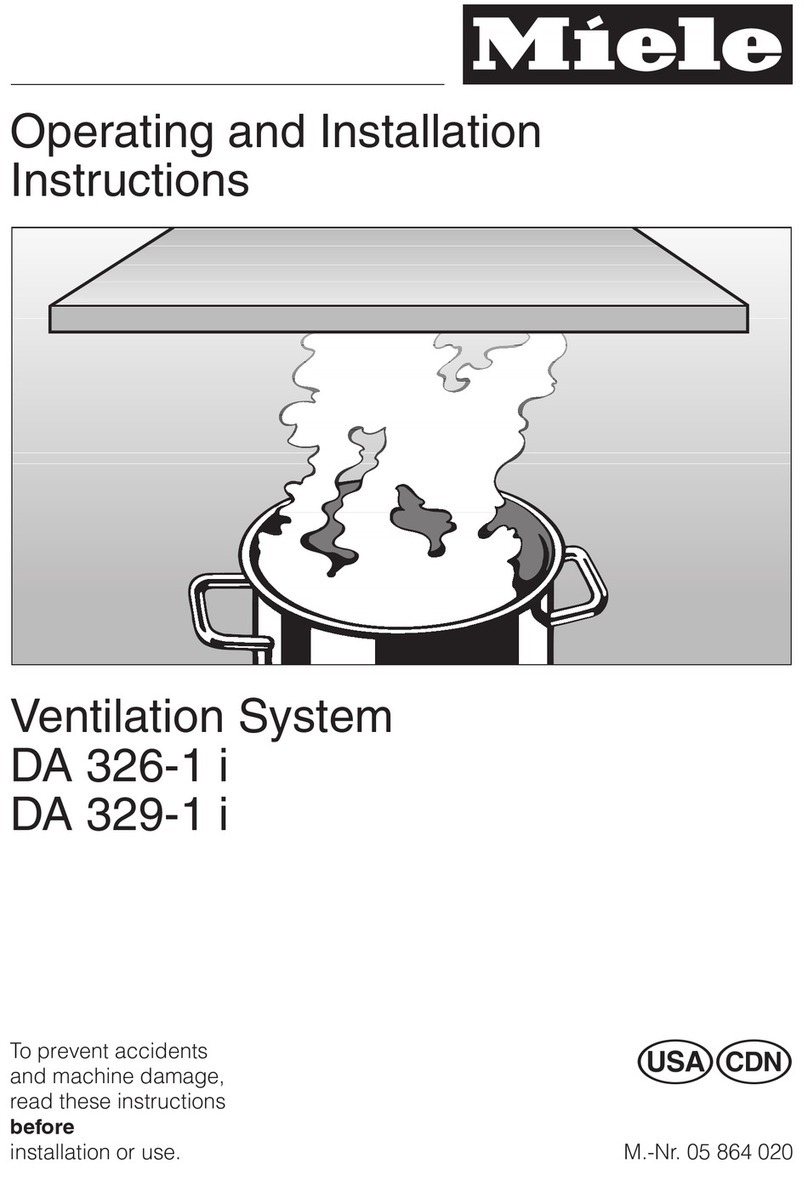Miele DA 360 Specification sheet
Other Miele Ventilation Hood manuals

Miele
Miele DA 6690 D EXT User manual
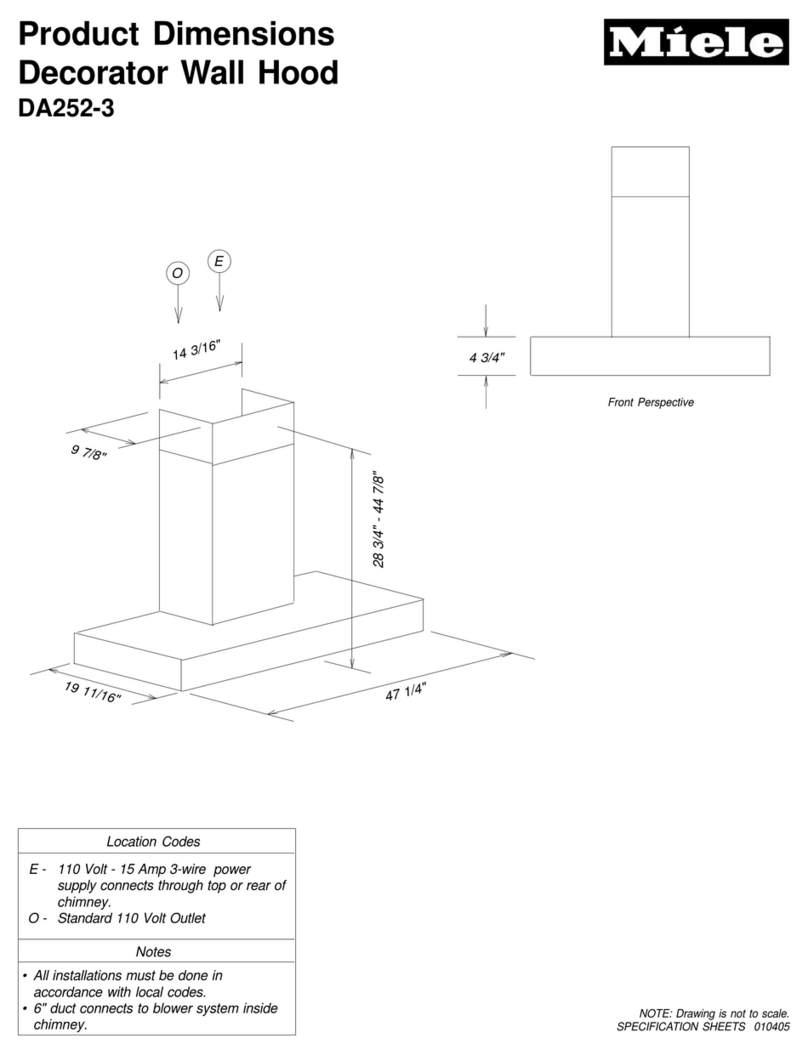
Miele
Miele DA252-3 Parts list manual
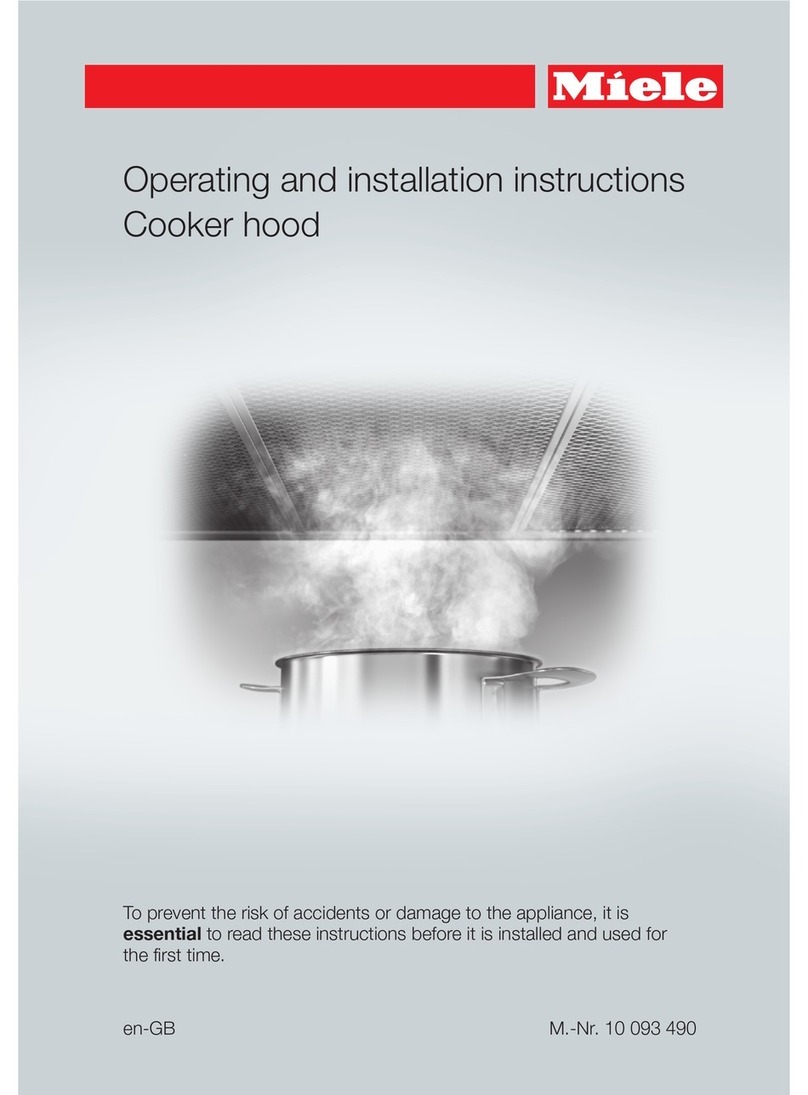
Miele
Miele DA 419-7 User manual

Miele
Miele DA 186 User manual

Miele
Miele DA 2558 User manual

Miele
Miele DA 3366 User manual

Miele
Miele PUR 68 W User manual

Miele
Miele DA 6698 D EXT User manual

Miele
Miele DA 3466 User manual
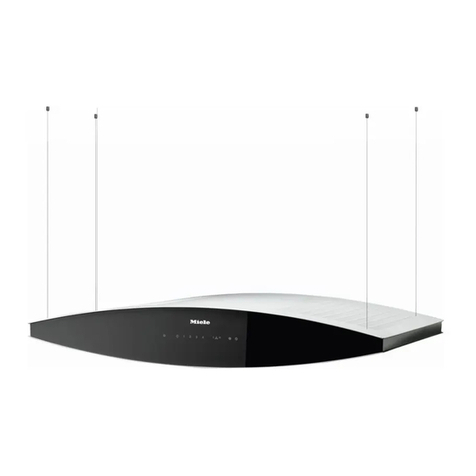
Miele
Miele DA 7000 D User manual
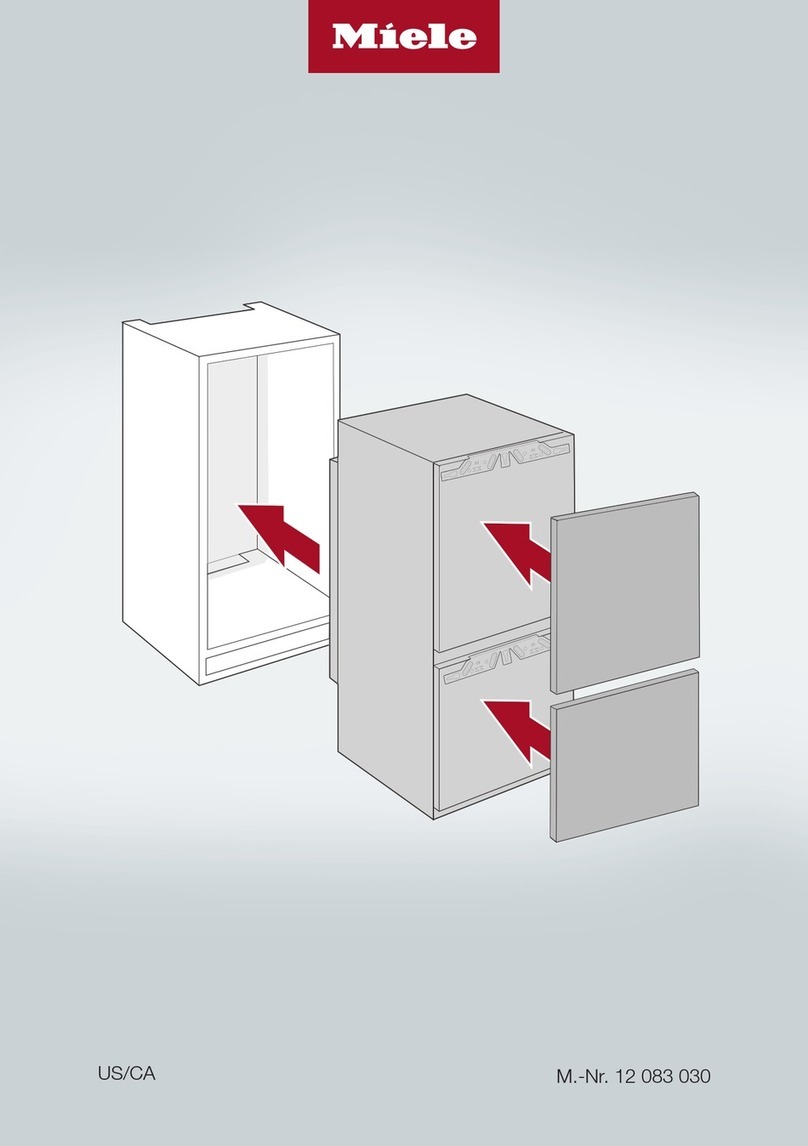
Miele
Miele K7000 User manual

Miele
Miele DA 3060 Specification sheet
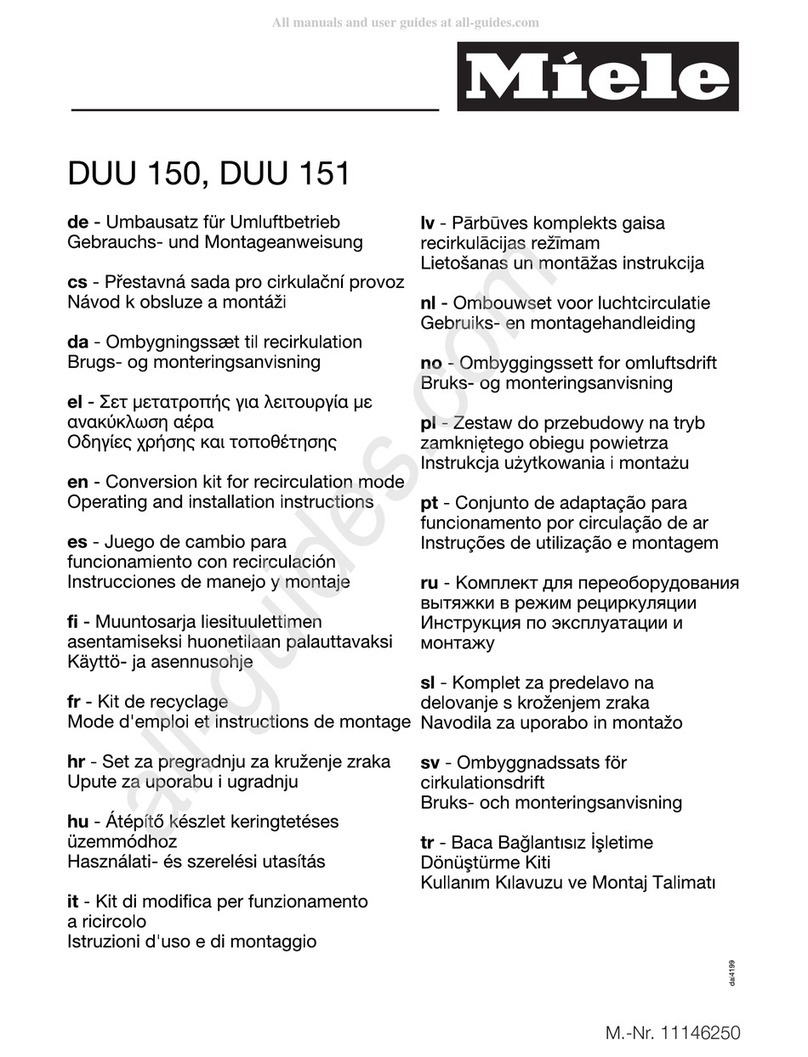
Miele
Miele DUU 150 User manual
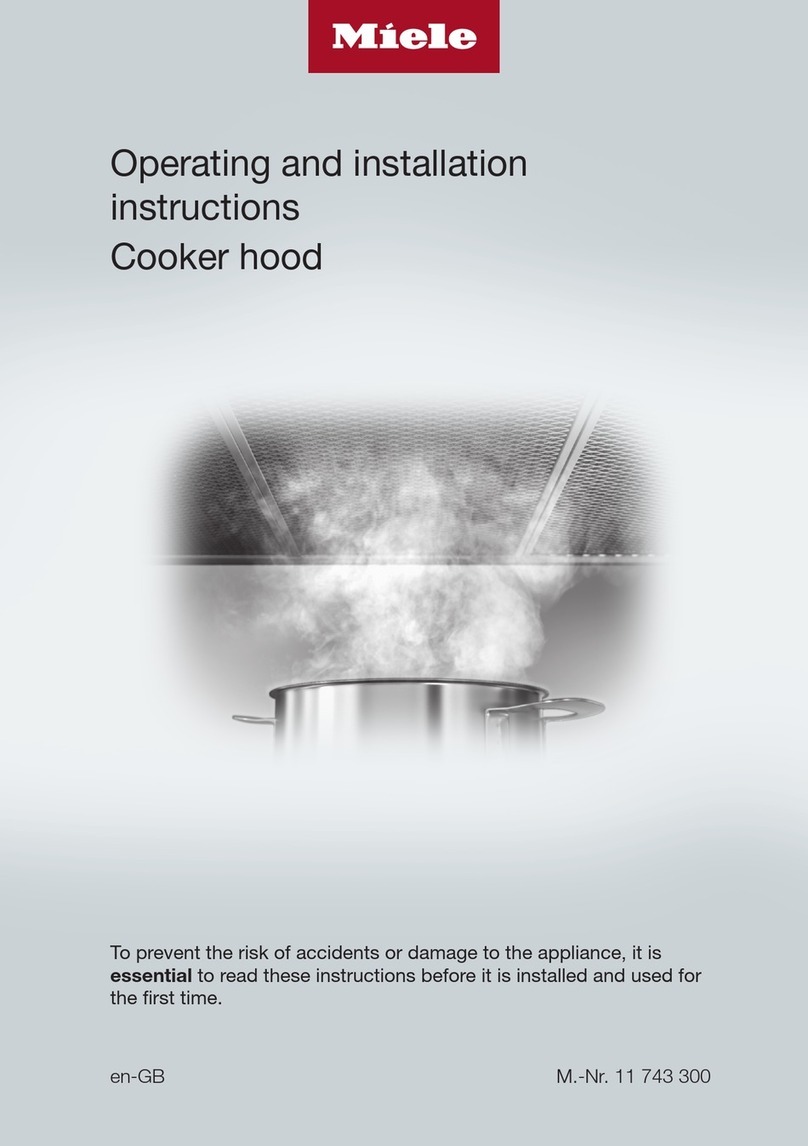
Miele
Miele DA 6066 W User manual
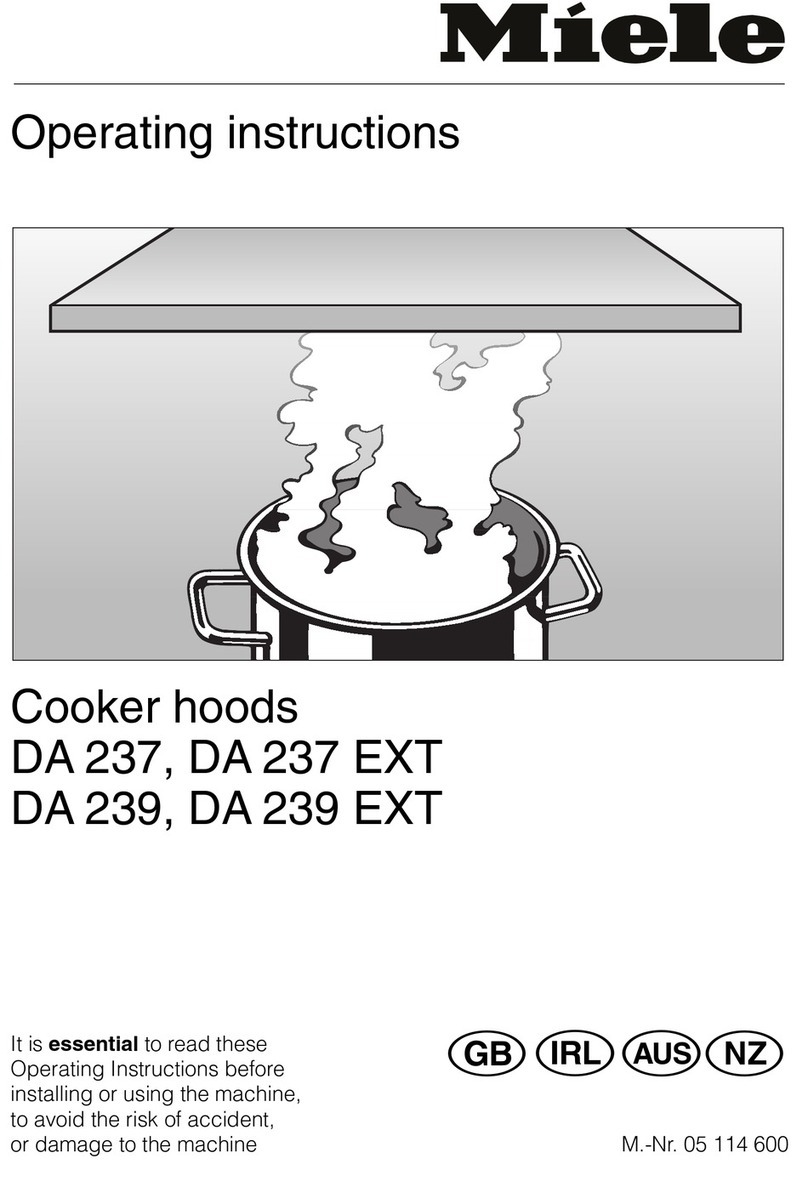
Miele
Miele DA 239 User manual

Miele
Miele DAS 4640 User manual
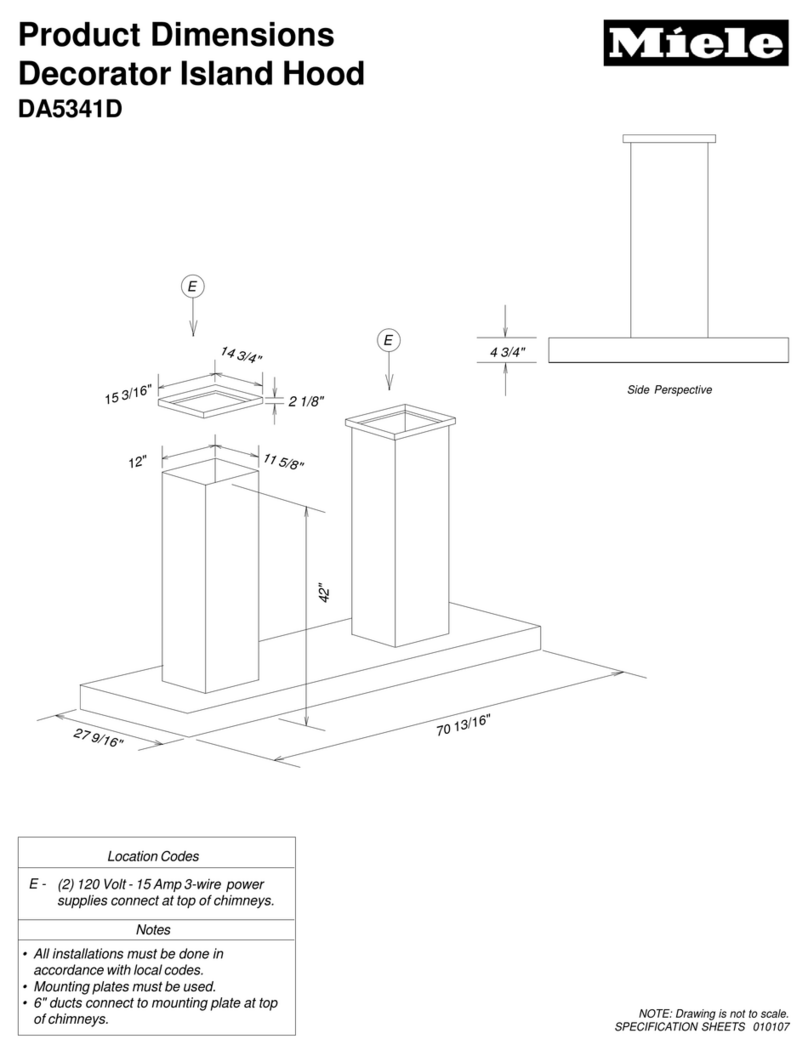
Miele
Miele DA5341D Parts list manual

Miele
Miele DA 403 User manual

Miele
Miele Ventilation Hood User manual
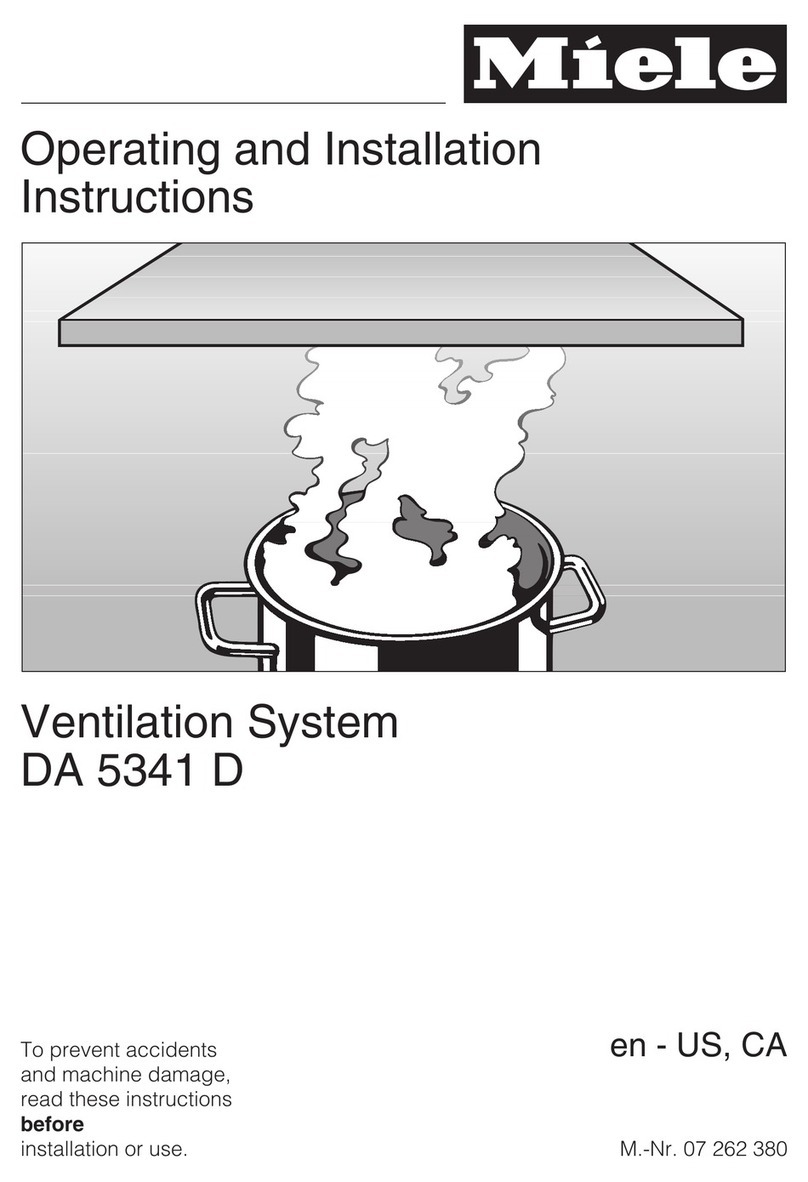
Miele
Miele DA5341D User manual
Popular Ventilation Hood manuals by other brands

Gorenje
Gorenje S3 IHGC963S4X manual

KOBE
KOBE ISX2136SQB-1 Installation instructions and operation manual

U.S. Products
U.S. Products ADVANTAGE-100H Information & operating instructions

Kuppersberg
Kuppersberg DUDL 4 LX Technical Passport

Framtid
Framtid HW280 manual

Thermador
Thermador HGEW 36 FS installation manual

